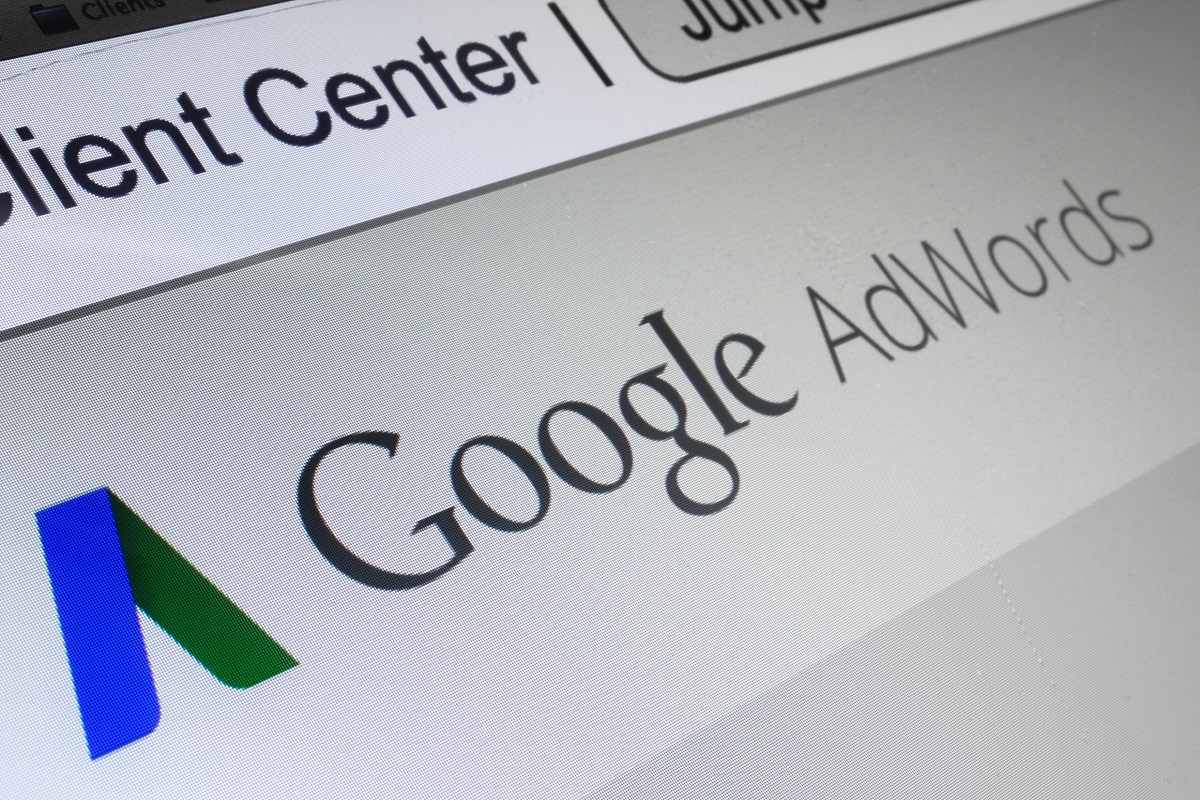- Online advertising, distinct from traditional methods, is precise, trackable, and offers various tools for businesses.
- Current advertising trends include leveraging social media, employing WordPress web development, and utilizing AI-powered advertising.
- Key metrics to track online advertising include click-through rates, conversion rates, and cost per click.
- Online advertising is a separate marketing channel requiring an understanding of technology, trends, and data for effective campaigns.
The online advertising industry is growing rapidly, and with that growth comes a lot of complexity. It can be challenging for entrepreneurs to keep up with the latest technology relevant to their advertising needs. Whether you’re new to online advertising or have been in the game for years, this guide is for you. This will cover the basics of online advertising, the latest trends, and the critical metrics you should be tracking to ensure your business’s online success.
Understanding the Basics of Online Advertising
Online advertising is a broad term that refers to advertising delivered over the Internet or other digital communication channels. It’s worth noting that online advertising is distinct from traditional advertising in several ways.
Online advertising is more precise, trackable, and dynamic, making it an excellent fit for today’s business climate. The digital advertising landscape is vast, and there’s no shortage of tools available to businesses looking to get ahead.
Choosing the right advertising tools that align with your business objectives is crucial to a successful advertising campaign. Some famous advertising tools include Google Display Network, Facebook Ads, and Instagram Ads.

Latest Advertising Trends
Ensuring your online advertising campaign is ahead of the latest trends is crucial to its success. This is because online advertising is a data-driven industry, and trends can quickly become outdated. Here are a few of the top trends you should consider leveraging:
Social Media
Almost every online user today has at least one social media account. That’s why leveraging social media platforms such as Facebook, Instagram, and Twitter is vital in your online advertising campaigns. It offers businesses a chance to connect with customers, promote products and services, and monitor performance — all from one platform.
WordPress Web Development
In the realm of online advertising, having a high-quality, user-friendly website is essential. This is where WordPress web development comes into play. It stands as one of the most widely embraced content management systems (CMS) across the globe, admired for its functionality and versatility.
It’s a fully customizable, SEO-friendly platform and offers a plethora of plugins to enhance your website’s functionality. A professional WordPress developer can assist in creating a website that not only looks great but also performs optimally, ensuring a smooth user experience that can directly impact your online advertising success.
AI-Powered Advertising
In the constantly evolving world of online advertising, artificial intelligence (AI) is playing an increasingly significant role. AI-powered advertising uses machine learning algorithms to analyze data, predict customer behavior, and deliver personalized ads to your target audience.
These systems can learn from each interaction, fine-tuning their algorithms to drive greater efficiency in ad delivery and ensure that your advertising budget is spent wisely. Additionally, AI-powered tools can aid in keyword research, audience segmentation, and ad performance analysis, making them a powerful asset in any online advertising strategy.

Key Advertising Metrics
Monitoring key advertising metrics is one of the most critical factors in online advertising success. These metrics allow entrepreneurs to keep track of their campaigns’ performance while making data-based decisions. Here are the most crucial ones to take note of:
Click-Through Rates
The click-through rate (CTR) is a vital metric that quantifies the number of clicks your ad garners relative to the number of times it is displayed. It serves as an essential indicator of the effectiveness of your ad campaign, enabling you to gauge the level of engagement and audience response.
Conversion Rates
While CTR gives a good indication of the initial interest in your advertisement, the conversion rate dives deeper into the effectiveness of your campaign. The conversion rate refers to the percentage of visitors who, after clicking on your ad, complete the desired action, which could include making a purchase, subscribing to a newsletter, or filling out a form. Keeping an eye on your conversion rates allows you to assess the actual effectiveness of your ads and adjust as necessary.
Cost Per Click
The cost per click (CPC) is a crucial metric that reflects the amount you invest for each click in your pay-per-click (PPC) marketing campaigns. It serves as a valuable indicator of the pricing structure within your campaign, helping you gauge the effectiveness and efficiency of your marketing efforts.
By tracking the CPC, you can understand how much each visit to your site costs, which can be instrumental in budgeting your marketing efforts and determining the return on investment for your advertising campaigns. Lowering your CPC while maintaining high-quality clicks is an ongoing challenge but is crucial in running a cost-effective campaign.
Hopefully, this guide has helped shed some light on the world of online advertising for entrepreneurs. There’s undoubtedly a lot to learn, but keeping up with the science, technology, and latest trends is essential to succeed in this growing industry. Remember that online advertising is no longer just an add-on to traditional advertising but an entirely different marketing channel with new tools, data sets, and strategies. Following the tips outlined in this guide can improve your online advertising performance and take your business to the next level.
